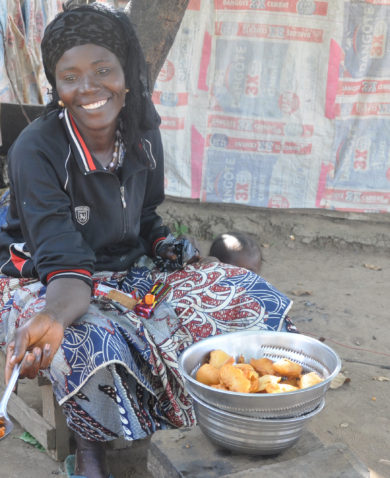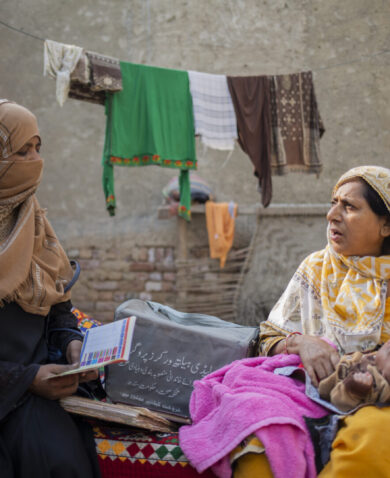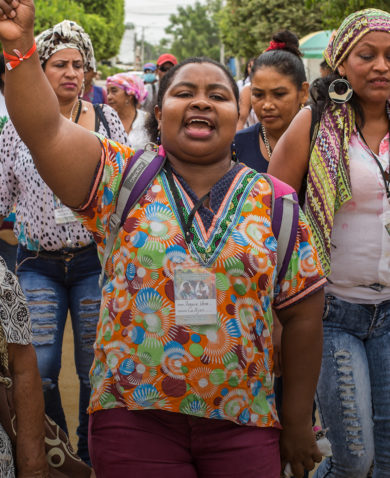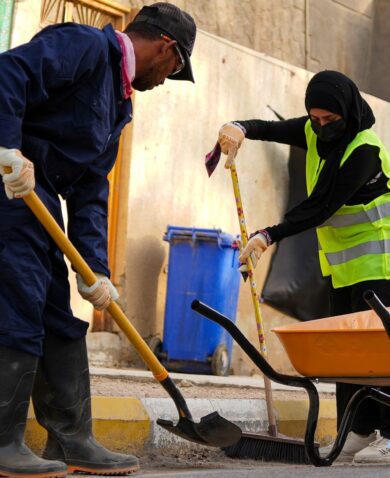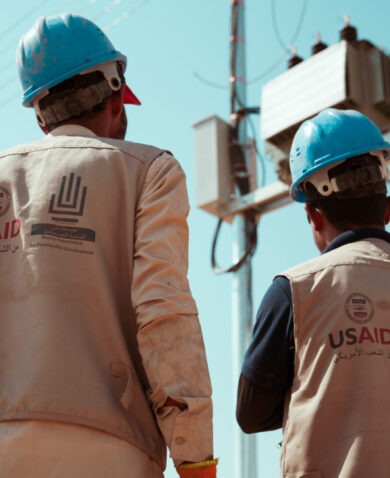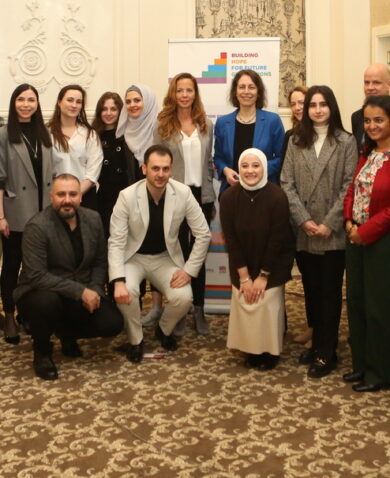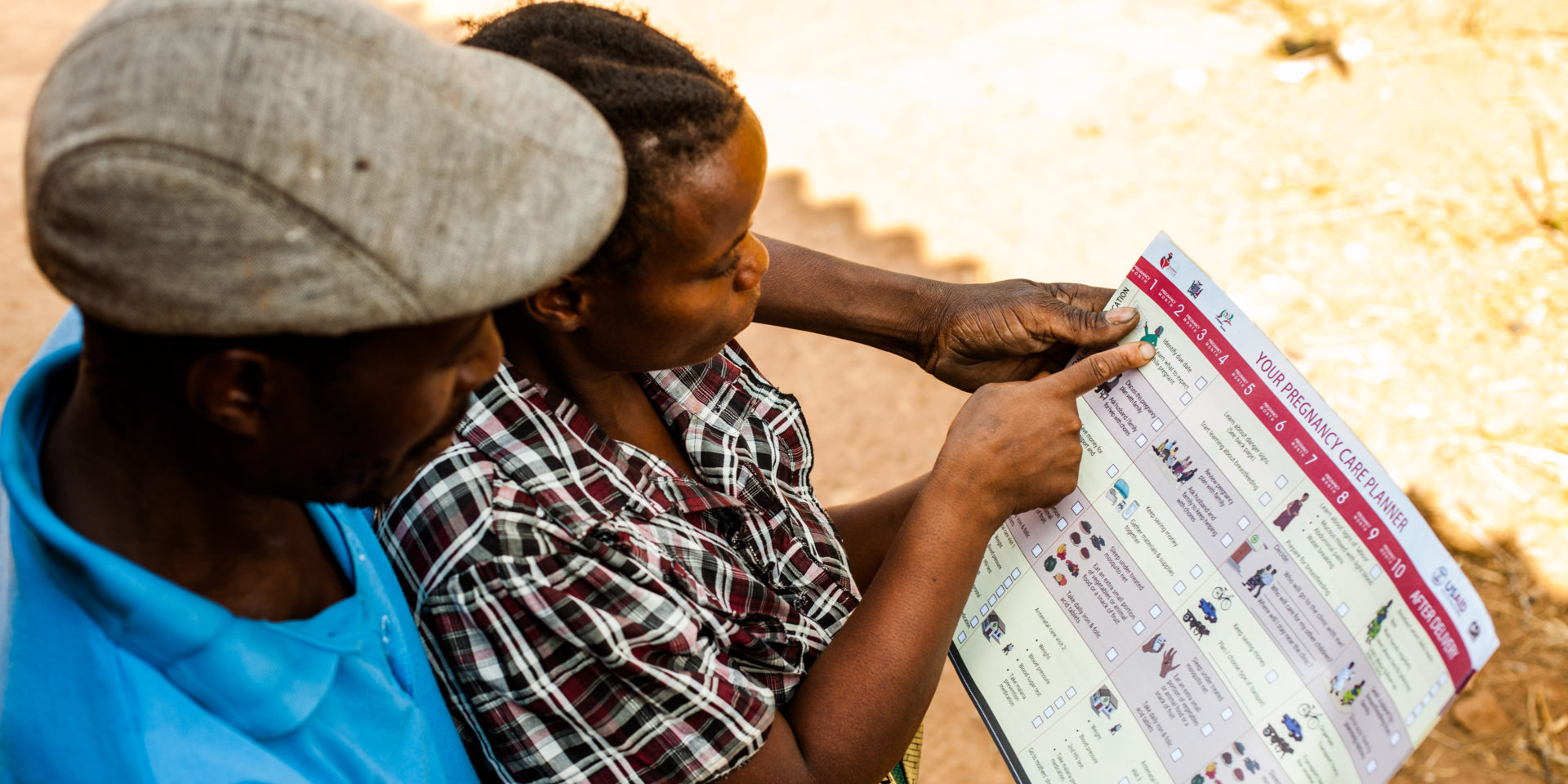
Gender Mainstreaming and Integration: 3 Themes for Ensuring Impact in Social and Cultural Norms
August 31, 2016 | 4 Minute ReadDr. Kamden Hoffmann and Debora Freitas López share conclusions from their forthcoming desk review.
The importance of gender mainstreaming and integration
The disparities between men and women have resulted in women often bearing the burden of development needs, and as a result, gaining fewer benefits from development interventions. Yet, we know that improving access to health and education for girls will contribute to better child, maternal, and family health outcomes, such as reduced domestic violence as well as improved nutrition and under five mortality rates, resulting in increased productivity and incomes. Promoting gender equality is necessary to achieving the 2030 sustainable development agenda and addressing these challenges. Gender is integrated into the Sustainable Development Goals (SDGs), specifically Goal 5 that calls for achievement of gender equality and empowerment of all women and girls. Gender mainstreaming and integration are used to address social and cultural norms related to gender equality, equity, and empowerment that are encountered as part of social and behavior change (SBC) approaches and interventions. These strategies can ensure that gender perspectives of both men and women are considered in a balanced way and integrated into organizational activities, such as policy development; advocacy; resource allocation; and planning, implementation, and monitoring of programs and projects with the goal of impacting social and cultural norms.
The following three themes can help us better understand the current knowledge and practices related to gender mainstreaming and integration, and bring us closer to understanding how SBC processes can promote gender equality and strengthen program implementation.
1. Meaningful engagement of men and women
The issue: Social expectations and gender stereotyping have a direct effect on the well-being of men and women since in many cases social and behavioral norms dictate what they should and should not do. For example, cultural beliefs that women should not be not allowed to access health resources on their own makes them vulnerable to diseases. Conversely, the cultural belief that it is not masculine to seek health care results in men having exposure to unnecessary pain and discomfort. Empowering women does not mean promoting women’s power over men, nor does it imply losses for men. Rather, men must be involved as allies in SBC interventions as gender equality is not possible without the support of men regarding their attitudes, beliefs, and behaviors.
What needs to be done: Evidence shows that the inclusion of men in SBC program activities results in programs with a greater chance of success in changing or decreasing harmful behavior and beliefs. This has been evident in programs that target sexual and reproductive health; maternal, newborn, and child health; violence against women; and health-seeking behaviors of men. SBC programs that seek to empower women must work to increase men’s participation in eliminating barriers to equality. Engagement of men and boys is a necessary element of gender transformative approaches for sustained change.
2. Improving economic growth
The issue: Gender inequalities are costly to the economy and development of countries; these inequalities undermine productivity, trade performance, and women’s capacity to contribute to the global economy. Many women are still discriminated against and exploited, and as a result are underpaid, insecure, and poverty-stricken. Less education and business training among female entrepreneurs also reduces their productivity. For example, in most developing countries, women play a major role in agricultural production. However, they have limited or no access to important assets such as land, labor, technology, credit, and capital, and their wages represent only 70 to 90 percent (or less) of men’s wages.
What needs to be done: Promoting and shifting norms to accept workplace equality among men and women can ensure economic empowerment. Women’s empowerment through increased job opportunities can boost a country’s economy. UN Women suggests partnering with programs that enable women to secure decent jobs, access resources, and influence public policies that mainly target women with a rural background and low skill sets. One successful model is USAID’s approach to integrating gender issues into agricultural value chains. For example, the Rwandan government used this approach to facilitate women’s business registration, by offering hours that accommodate women’s schedules; hiring women staff; and providing ways to help cash-constrained women register businesses.
3. Health inequality and gender
The issue: Several areas in health (i.e. reproductive health, HIV and other communicable diseases, family planning, and childcare) require gender integration and mainstreaming to ensure adequate preventive care and treatment for men and women. Acute and chronic health conditions among both genders can be reduced largely through addressing health inequality caused by social and cultural norms. Among women, low socio-economic status, limited mobility, lack of decision-making power, gender-based violence, and early marriage contribute to increased risk of maternal mortality. Another source of disparity is access to health care, especially among poorer women who do not seek care due to time and social constraints, an inability to be the decision-maker about their health, and limited access to facilities.
What needs to be done: Gender mainstreaming in health care should include recognition of different risk factors for both genders; collection of gender-specific data to inform health policy; a sound health financing system; recognition and development of a process to address the socioeconomic and cultural factors causing health disparities; and guaranteeing provision of high-quality health care services and essential medicines for both genders. A 2007 World Health Organization review showed that community outreach, mass media campaigns, and mobilization have been proven effective in influencing behavioral changes in these areas. Interventions involve SBC among both men and women are critical in addressing health inequality caused due to gender differences.
So what’s next?
These three themes are not exhaustive; there is still much work to do to better understand how to apply gender mainstreaming and best practices for integrating gender into SBC programming.
- Consider how gender mainstreaming is conducted in various sectors. An analysis of gender mainstreaming in different sectors could inform development professionals of best practices related to their area of expertise or reveal practices that could potentially be replicated in another technical area. An example is the work in agricultural value chains; while it is recognized that women must be empowered to participate in value chains, further research may determine the best action steps to ensure this is achieved.
- Agree on a more widely accepted definition of gender-transformative programs. Specific criteria or standards to determine if a program or policy is gender transformative would enable for better streamlining across sectors, including streamlined indicators and standards.
- Improve and adapt frameworks for developing gender analysis, monitoring, and evaluation tools specific to each sector. We should consider how programs practically apply gender analyses and integrate gender step-by-step throughout a program cycle. A review of organizational policies might also better inform gender mainstreaming practices for organizations who seek to integrate gender into their culture and human resources.










